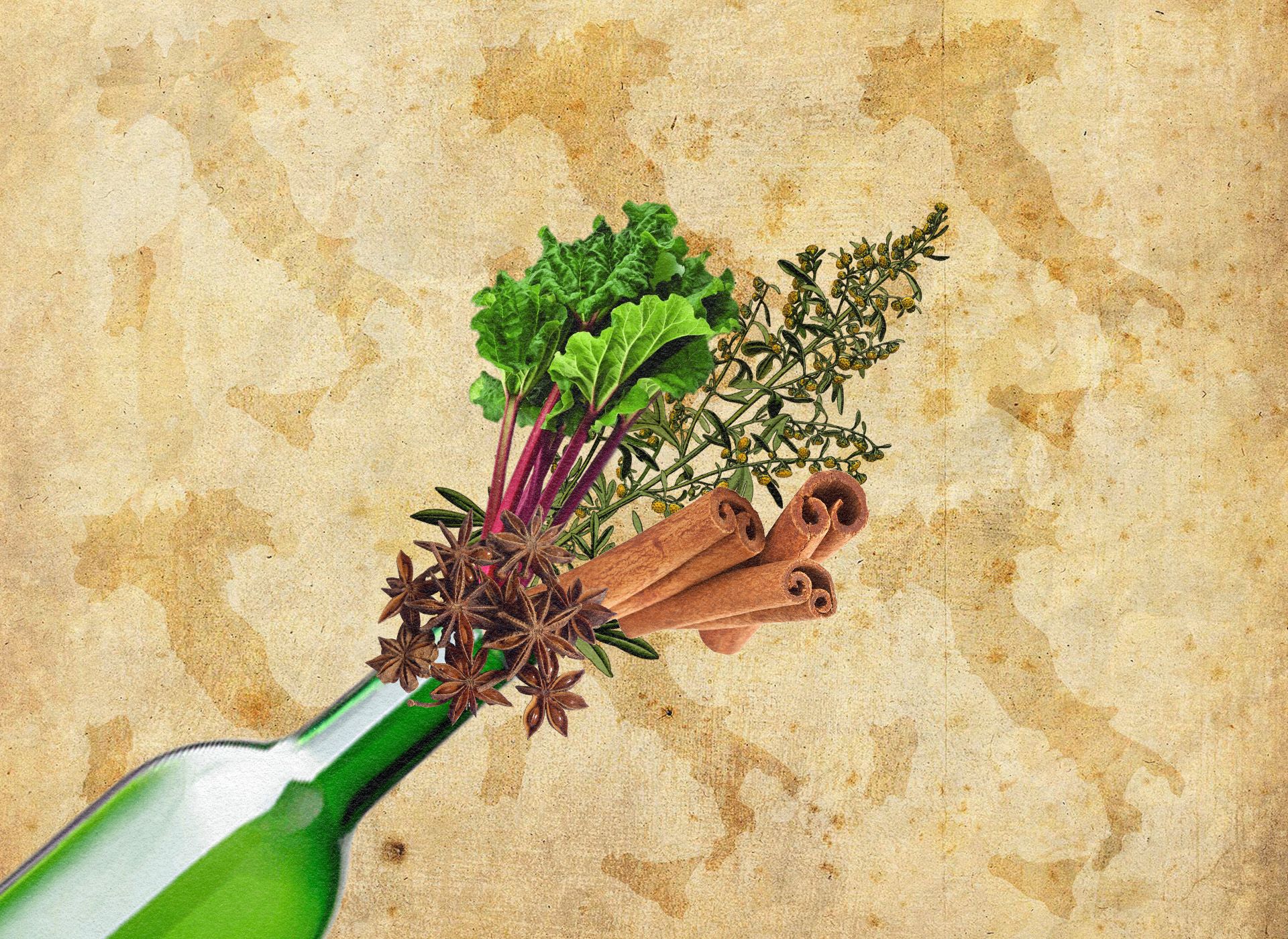
Today And T'Amaro
What and where to drink this Italian herbal digestif
I’m annoyed by the expression “I didn’t choose [insert thing here], [insert thing here] chose me.” But in the case of Amari, it’s actually true.
A little backstory: I’ve been a gin drinker for decades. I’ve carefully honed and nurtured our relationship since I was the solitary 21-year-old at the bar ordering a Tanqueray and tonic. Obsessed with the herbal qualities of various gin and the gentle bitterness from tonic, the simple G&T became my “gateway drug” for all things bitter, herbal, and/or funky: the weirder the better.
So, when I first learned that “bitters” weren’t just delightful substances plunked out of tiny bottles into the occasional drink, but also full-blown drinkable spirits on their own, I could not get enough.
Today, I drink all kinds of things; however, if my 100-bottle home bar were simply up to me, it would be 50% gin and 50% potable bitters– that is, Amari and bitter liqueurs. (As you can imagine, this column during Negroni week is about to be LIT.)
This week, we’ll be focusing strictly on Amari, a category of potable bitters specifically produced in Italy; why I drink it regularly; and why you should too.
First off, why is there a whole category of bitters dedicated to Italy? Because Italy produces a staggering amount of the stuff. (Amaro literally translates to “bitter” in Italian.) In fact, every single commune produces its own unique version, utilizing the herbs, spices, and other botanicals native to that region, a feat that no other country can match.
While Amari (and bitters of all kinds) have now made their way to a happy home on cocktail menus around the world—both in drinks and listed by-the-pour—they began, like many things in liquid culture, as strictly medicinal. The most advanced medical knowledge of the 1600s and 1700s, as you might imagine, involved lots of herbs, spices, barks, roots, and plants (including opium, cocaine, and cannabis). Thus was the beginning of non-potable bitters (the type dashed out of bottles) and the original “cocktail,” a beverage consumed in the morning consisting of bitters diluted with a little whiskey, water, and sugar. (It’s not drinking – it’s medicine!)
Mashing nature’s goodness into a base spirit to be drunk in a nice, tidy dosage was a natural next step, birthing the wide range of spirits we now call bitters and Amari.
Today, bartenders around the world use amaro in their cocktails; the herbaceous and bitter qualities provide a balance for the other sweet, boozy, and/or savory ingredients. Though downing a glass first thing in the morning might not be as recommended nowadays as, say, WATER (though I’ve definitely finished mine from a hotel bar upon waking in the morning once or twice and I felt AMAZING), Amari are still perfect any time of day. They prepare the stomach for eating, they aid in digestion, and they have a lower alcohol content than, say, whiskey, but a higher one than vermouth.
To sum up: Are you about to have a big meal? Amaro. Need a nightcap? Amaro. Indigestion? Amaro. Long day? Amaro. Tuesday? Amaro. You get the gist.
Here are a few of the most popular Amaros (and a couple of my personal favorites):
Campari
Perhaps the most recognizable of all, Campari is the bright red liquid seen in every bar from Donny’s Dive to The Ritz Carlton. Its signature sweet-up-front and smooth bitterness is most known for the part it plays in a Negroni, though the simple deliciousness of a Campari and soda is not to be discounted. It’s a great bottle to purchase if you’re not sure where to start, but I don’t tend to sip it straight.
Fernet-Branca
Another well-known bottle, often referred to as “hipster juice” and sometimes written off for its trendiness. More intense than many amari, Fernet-Branca has a pretty powerful menthol finish, which, to many, is reminiscent of licorice. Fernet is actually the type of amaro, not the brand – Branca is the most recognized producer, but many other companies produce their own fernet, such as Cinzano, Luxardo, and Ramazzotti. It’s wonderful as a digestif (to aid in digestion), but many countries add it to coffee or (as is popular in Argentina) Coca-Cola.
Cynar
The large image of an artichoke on the bottle makes this amaro familiar to many and, since it is made with artichoke leaves, it’s also quite fitting. It has an extreme friendliness to mixing, making it a well-loved ingredient on many a cocktail list.
Meletti or Nonino
Both these amari are lighter in style and taste, with a more floral focus and walnut notes respectively. They’re great to enjoy when you’re looking for a less intense experience.
Averna
My favorite use for this amaro is in a Black Manhattan as a substitute for sweet vermouth. Its sweeter, cola-like quality works very well in the cocktail.
Rabarbaro Sfumato
This amaro gets its name from the use of Chinese rhubarb in the ingredients. Its bold-yet-smooth flavor has made it one of my new favorite things to sit and sip on a regular basis. (And at a mere $23 on average for a bottle, it’s easy on the wallet.)
SPOTS WITH A GOOD AMARO SELECTION
The Fox Bar & Cocktail Club Website • Instagram
The 404 Kitchen Website • Instagram
HONORABLE MENTIONS
Skull’s Rainbow Room Website • Instagram
Sinema Restaurant + Bar Website • Instagram
WHERE TO BUY AMARO
Hands down, Corkdorks on Church Street has the best selection in Nashville. A close second would probably be RED Spirits and Wine.
HONORABLE MENTIONS
Sinkers has some harder-to-find local products, like the alpine-style amaro from Knoxville’s Postmodern+ Spirits.
Nestled near downtown Franklin is a tiny wine shop called Saint Goose. Their selection of spirits is small, but I purchased a bottle of Rabarbaro Sfumato there recently (plus, the folks are lovely).
